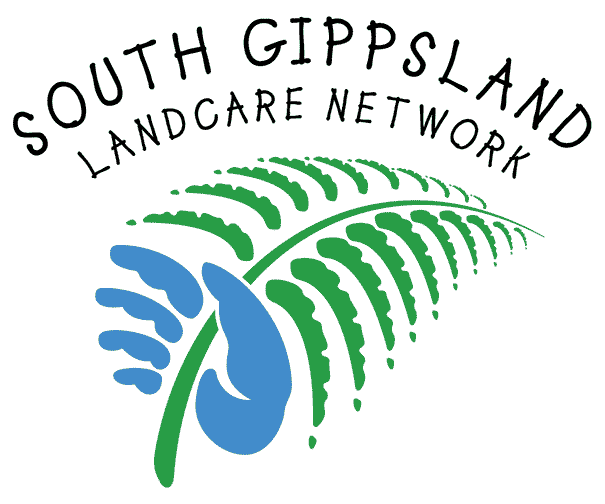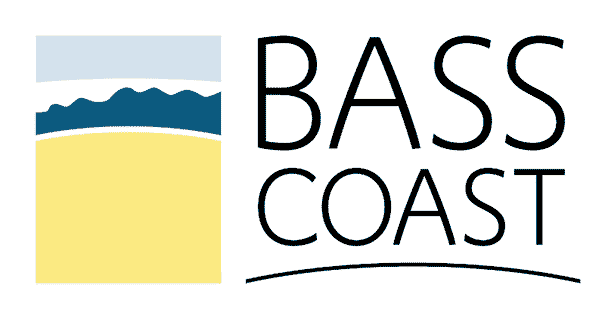Andy and Diana Thomas: Our Story
Andy and Diane Thomas run a 500-acre farm in the hilly Strzelecki Ranges landscape of Krowera, primarily running up to 250 dairy cows. One of their ambitions is to revegetate the property in effective and productive ways.
Our Vision
“We have been farming here since the 1920s and continue to improve the land through revegetation to produce high quality dairy products for local, national and international markets.”
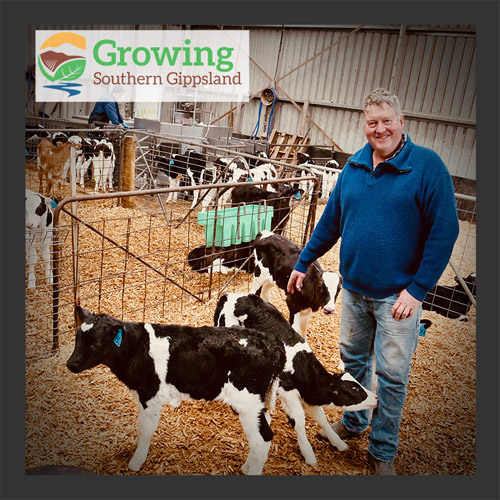
Enterprise: Grazing - Dairy and Beef
Locality: Krowera
Catchment Management Region: West Gippsland
Landcare Network: Bass Coast
LGA: Bass Coast Shire Council
Landform: Strzelecki Ranges
Soil Type: Grey clay-loam dermosols
Annual Rainfall Average: 908.1 mm or 35.8 inches (Source- Bureau of Meteorology)
Our Enterprise
This well-established dairy farm has its origins in the early agricultural settlement of the area.
“My Dad bought the land here in the 1920’s and set it up as a dairy farm. In the early 1960s he shifted to beef farming. In the early 1980s I bought the block next door and began dairying. By acquiring other blocks, we built up the dairy side of the farm. We have kept the beef side as well.”
Our Challenges
The Thomas’s recognise that the dairy industry nationally is undergoing change. Eventually this is likely to impact on the enterprise in Krowera.
“Not so much this area, but certainly up north. Water is a massive issue up north (of Australia) and a lot of the farms up there are either going out of business because of the water problems or they're realising that it's just way too hot and too hard to manage a dairy system up north.”
The economic viability of the industry is unclear.
“Yep, very much so. The price that we get for our dairy products contributes to that, but you've got to look at the big picture and the areas that they've been dairying on for years really probably shouldn't be dairyed on.”
One of the challenges they face is the pressure to expand and increase the carrying capacity of the land.
“I think where we are here, we're getting closer to Melbourne all the time. Farms - dairy farms, especially, are encouraged to be bigger. This country's not meant for big dairy farms, it's just not practical. So, I think we're nearing the end of our capacity as far as how many cows we can put in.”
The increasing instability of the hills is a problem. About one recent slip:
“That landslip, you'll see the top part there where the cracks are, and then you go, that is a problem. But then it comes down and it's a really nice flat area and you go, gee, I don't want to plant that out in trees. Then it drops away where you'll see there's a real wet soak coming out of it, and you think, well, that wet soak needs to be treed-out just to hold everything together.”
The weather and seasons.
“I suppose it is climate change, but when we get a rainfall now, it seems to be more in big dumps. This has been happening for the last 15 to 20 years. When you get those big dumps of rain, it can do a lot more damage, like scouring out the creeks. So, if we didn't have the trees there, it would really dig big holes through the creeks. The rain now comes in smaller but heavier amounts resulting in landslides.
We used to get autumn breaks early in March, and now predominantly they don't come until late April/ May. Our summers seem to be a lot hotter. We have to get a bit smarter with how we deal with the cows.”
Energy is a cost.
“I try and keep a low-cost system; I would love to be able to be 100 per cent off-grid, but that's still a way off. We've just installed solar panels on our cow shed, and hopefully within the next few years we might be able to get some batteries to go with it, and then that will run the shed.
We are also considering a wind turbine.”
Our Landscape Activities
“We have reduced the size of paddocks, rotated cattle through paddocks on a more frequent basis and have restored and protected clean water sources.
Over the years we have planted over 20,000 trees. The planting of thousands of trees has prevented cattle from entering clean water sources, provided more shelter and shade for cattle and improved the on-land climate by increasing the diversity of plants and animals. They also help with land stability.”
Our Practices and Successes
“We are beginning to use technologies here. We now use GPS when we spread fertiliser. This has saved a lot because we no longer overlap the spreading. We also use GPS when we spray for weeds and Landcare used drones to assess a land slip here.”
Sharing
“I spoke with consultants, went to field days and I am a member of a dairy discussion group and we go around to other dairy farms and we talk about farms and life. That all helped.”
Websites
sgst.com.au/2019/06/sustaining-our-farmers
www.tmixplus.com/articles/essays/a-milking-trend
Images
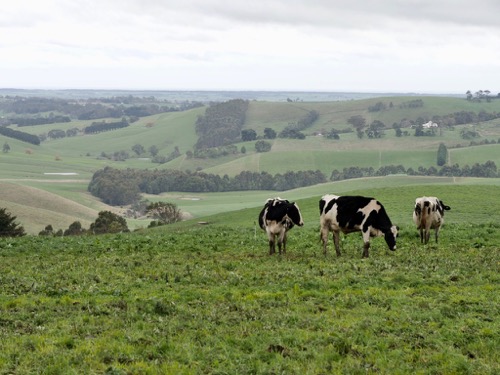
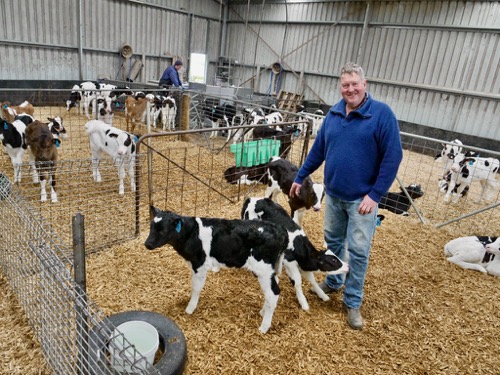
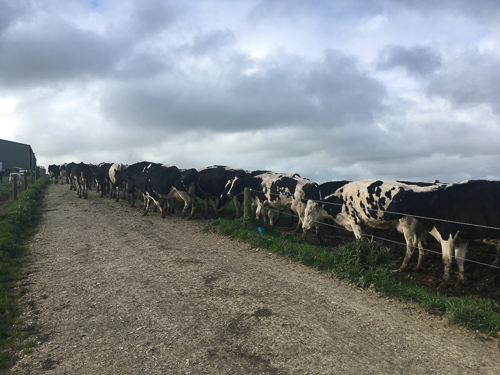
Additional Resources
Case Study: water-wise farming. Thomas family, Dairy Krowera
www.basscoastlandcare.org.au/uploads/8/9/8/3/89835233/water-wise-farming.pdf (343KB)
[More resources on 'Water']
Landslips - Dairy farmer Andy Thomas talks about the early indicators
youtu.be/-yNraHAyLZg
[More resources on 'Landslips']
Bass Coast Landslips bus tour
youtu.be/kgCOe1kpvgI
[More resources on 'Landslips']
Andy Thomas on recycled water
youtu.be/_ZI6iTECfog
[More resources on 'Water']
Extreme weather and shelter belts
youtu.be/bZdJYJgngpg
[More resources on 'Shelter Belts']


